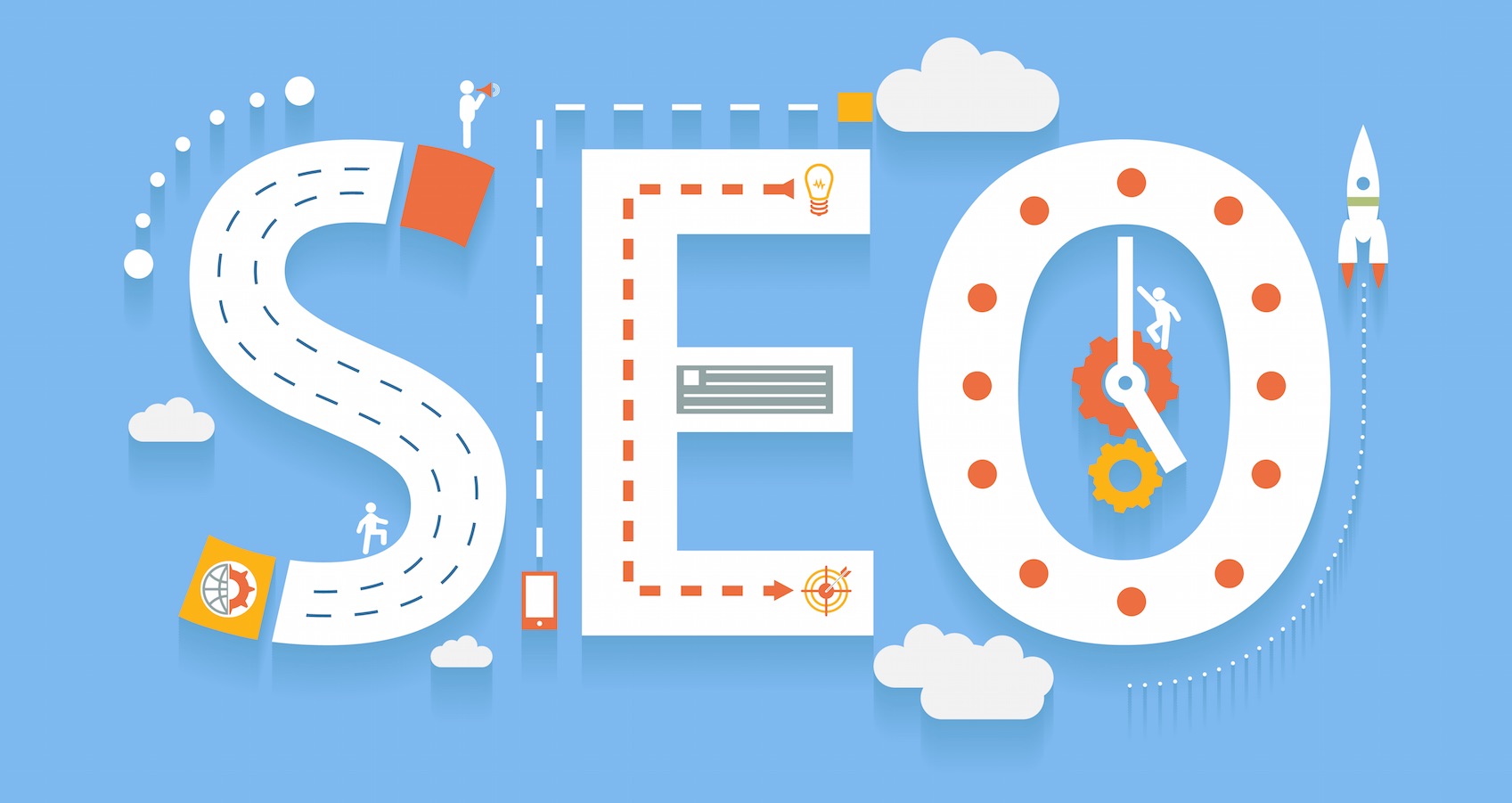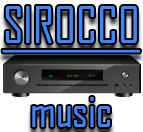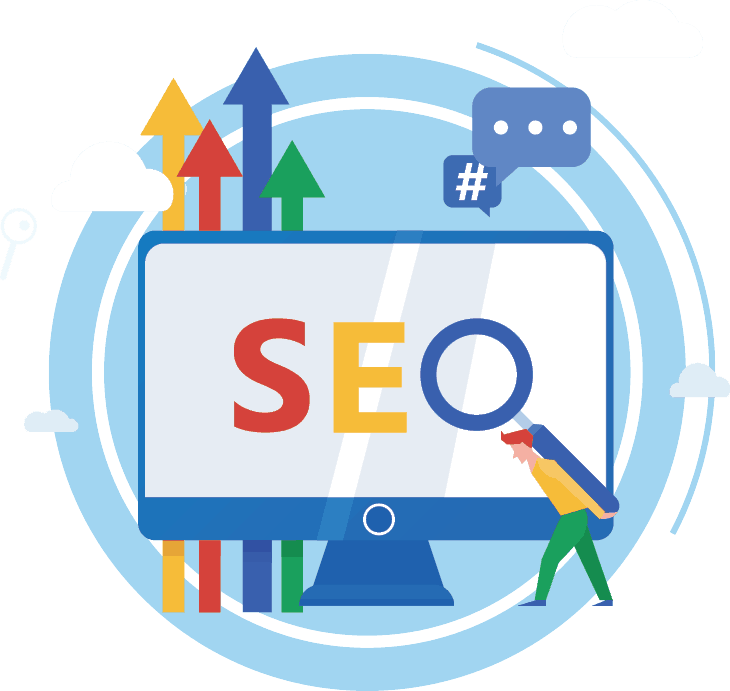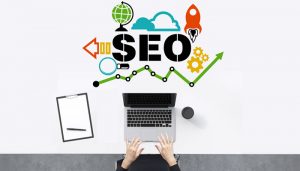In the competitive world of Software as a Service (SaaS), having a strong online presence is essential to attract, engage, and convert potential customers. One of the most effective ways to drive organic traffic is by optimizing your SaaS landing pages for search engines. SEO for SaaS is a specialized strategy that involves tailoring your landing pages to rank higher in search engine results, thus increasing visibility and generating qualified leads.
This article explores proven techniques to optimize SaaS landing pages for SEO, focusing on both on-page and off-page elements, user experience, and content strategy. Whether you’re launching a new product or aiming to improve existing pages, understanding these optimization strategies will empower your marketing efforts and boost your organic reach.
Understanding SEO for SaaS: Unique Challenges and Opportunities
SEO for SaaS differs significantly from SEO in other industries. SaaS products are often complex and highly competitive, with buyers seeking detailed information before committing to a subscription or purchase. Unlike simple ecommerce pages, SaaS landing pages must balance technical content with persuasive messaging to convert visitors.
One key challenge is targeting the right keywords. SaaS products typically serve niche markets, so broad, generic keywords won’t be as effective. Instead, long-tail keywords that reflect the specific problems your software solves tend to perform better. For example, a SaaS product designed for project management might rank well for “collaborative project management tools for small teams” rather than just “project management software.”
Moreover, SaaS sales cycles can be longer, and decision-makers require comprehensive product knowledge, often through blog content, case studies, and demos. Therefore, your landing pages should be crafted not only to attract visitors but to educate and nurture leads effectively.
Keyword Research: The Foundation of SEO for SaaS
Effective SEO for SaaS begins with thorough keyword research. Identifying the right keywords ensures your landing page attracts visitors genuinely interested in your solution.
Start by understanding your audience’s pain points and the language they use to search for solutions. Use tools like Google Keyword Planner, Ahrefs, or SEMrush to find keywords with a good balance of search volume and competition. Prioritize long-tail keywords that include specific features or benefits of your SaaS product, as these tend to have higher conversion potential.
Integrate your target keywords naturally throughout your landing page. Focus on including them in critical areas such as the page title, meta description, headers, and within the first 100 words of your content. Avoid keyword stuffing, which can harm your rankings and degrade the user experience.
More information on https://fortunatos.io/blog/saas-seo/

Crafting Compelling and SEO-Friendly Content
Once you’ve selected your keywords, the next step is creating content that satisfies both search engines and human visitors. SEO for SaaS requires a content strategy that clearly explains your product’s value proposition while providing useful information that answers users’ questions.
Your landing page content should be concise, clear, and customer-centric. Use persuasive copywriting techniques to highlight the benefits of your software rather than just listing features. Demonstrate how your product solves specific problems and improves users’ workflows.
Search engines favor content that is well-structured and easy to read. Use subheadings (H2, H3 tags) to break up the text and help both users and crawlers navigate your page. Incorporate related keywords and synonyms to reinforce the topical relevance without sounding repetitive.
Additionally, including customer testimonials, case studies, or trust signals like security badges and certifications can enhance credibility. While these elements may not directly affect SEO rankings, they improve user engagement and conversion rates, which are indirect factors search engines consider.
Optimizing Technical SEO Elements on SaaS Landing Pages
Technical SEO is a crucial, often overlooked component of seo for saas landing pages. Optimizing your page’s technical aspects helps search engines crawl, index, and rank your content more effectively.
One fundamental step is ensuring fast page load times. SaaS landing pages frequently include multimedia elements such as videos or animated demos, which can slow down performance. Use tools like Google PageSpeed Insights to identify bottlenecks and implement optimizations such as image compression, lazy loading, and caching.
Mobile responsiveness is another critical factor. A significant portion of web traffic comes from mobile devices, and search engines prioritize mobile-friendly websites in their rankings. Make sure your SaaS landing pages look and function well across various screen sizes.
Additionally, optimize your URL structure to be short, descriptive, and keyword-rich. Use HTTPS to secure your site, which is a trust and ranking factor. Implement structured data (schema markup) to help search engines understand your page content better, especially if you offer reviews, pricing, or FAQs.

Enhancing User Experience and Conversion Rate Optimization
Search engines increasingly prioritize user experience (UX) as a ranking factor. For SaaS landing pages, delivering a seamless, engaging experience encourages visitors to stay longer and take desired actions, which can improve your SEO indirectly.
Clear, intuitive navigation is essential. Visitors should quickly find the information they need without confusion. Use prominent calls to action (CTAs) that guide users towards signing up for a trial, requesting a demo, or contacting sales.
Visual design also plays a significant role. Use consistent branding, clean layouts, and contrasting colors to highlight key elements. Interactive elements such as chatbots or live demos can enhance engagement.
Remember that bounce rate and dwell time are signals to search engines about the relevance and quality of your page. A well-optimized SaaS landing page reduces bounce rates by delivering valuable content and a smooth user experience.
Leveraging Content Marketing and Link Building
SEO for SaaS is not limited to the landing page itself; off-page SEO efforts such as content marketing and link building also contribute significantly to search rankings.
Create high-quality, informative content that complements your landing pages, such as blog posts, whitepapers, and webinars. This content can attract backlinks from reputable sites, boosting your domain authority and improving your landing page’s search visibility.
Guest posting on relevant industry blogs, participating in SaaS communities, and collaborating with influencers are effective ways to build quality backlinks. Focus on earning links naturally by providing valuable insights rather than engaging in spammy tactics that can lead to penalties.
Monitoring and Continuous Improvement
SEO is an ongoing process, especially in the fast-evolving SaaS industry. Regularly monitor your landing page performance using tools like Google Analytics and Google Search Console. Track key metrics such as organic traffic, bounce rate, conversion rates, and keyword rankings.
Use the data to identify what’s working and where improvements are needed. Update your content periodically to keep it relevant, refresh CTAs based on user behavior, and refine keywords as market trends change.
SEO for SaaS demands patience and persistence but pays off with sustainable organic growth and better-qualified leads over time.
Optimizing SaaS landing pages for search engines requires a multifaceted approach that balances technical SEO, content quality, user experience, and ongoing analysis. By focusing on targeted keywords, creating compelling content, and ensuring a seamless user journey, SaaS companies can significantly improve their organic visibility and conversion rates. Investing time and resources in SEO for SaaS will help your software reach the right audience at the right time, ultimately driving business growth.





